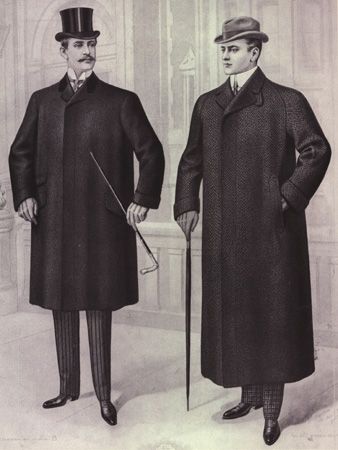Eric Seufert, currently vice president of Acquisition and user engagement at Rovio, explained why apps are not the most important source of revenue for Apple and Google, as well as how much of the money of the mobile economy accounts for King and Supercell.

The original version of the material can be found on Mobile Dev Memo, a website dedicated to the mobile industry, run by Eric Seferth himself, author of the book Freemium Economics.
Both Apple and Google this year published information about the amount of money they paid to developers (the so-called disbursement costs minus 30% attributable to platforms) in 2014. This data supports the idea of the mobile market as an ecosystem in which leaders get everything.
At the June WWDC, Apple announced that it had paid $30 billion to developers since the App Store was launched in 2009. At WWDC in 2014, the same amount totaled $20 billion. Here we can assume that the last $10 billion was paid over the next 12 months (that is, from mid-2014 to mid-2015). It is interesting to note that Apple announced an annual payment of $10 billion at WWDC 2014, which demonstrates the lack of growth in App Store sales.
In February of this year, Google announced that it had paid $7 billion to developers in 2014. This compares to the $5 billion that Google paid out in the 12 months before Google I/O 2014.
These figures are collected into a total of $24.286 billion in annual app revenue from the App Store and Google Play (despite the fact that Apple’s figures are not for calendar 2014, the assumption that the company paid $10 billion for the whole of 2014 does not seem unreasonable, given the announcement at WWDC 2015).
Two key conclusions can be drawn from this data:
1) Direct sales account for a very small share of the total revenues of companies, supporting the idea that for each of the platforms, the application market is rather an auxiliary tool to support the core business (Apple earns on hardware, Google on data and advertising), rather than an important source of income in itself. Apple’s 30% collection from apps in 2014 is 1.85% of the company’s revenue for the 1st quarter of 2015 alone. Google’s 30% collection from app sales on Google Play in 2014 is 4.35% of the search giant’s revenue for the 1st quarter of 2015.

2) Since King and Supercell, the developers of Candy Crush Saga and Clash of Clans, who are sitting in the box office tops all year round, report their financial results, it is possible to approximately calculate the share of these companies in the global economy of mobile applications. And it turns out that they account for 14% of the market.

Important notes on these figures:
- The source of King’s cash performance data from the mobile market is this presentation.
- King and Supercell report their earnings differently (King gives non-GAAP figures, Supercell, on the contrary, reports GAAP figures. Both figures are the total figures obtained from collecting games from platforms).
- Google’s payments to developers do not take into account the revenue generated by Android devices in China, where both King and Supercell entered into agreements with local companies to distribute their products.
- These data do not include income from other platforms (for example, from Windows Phone), so they are not representative of the entire mobile economy.
- King removed advertising from its mobile games in 2013, but the revenue announced by Supercell is the money earned by the company on both IAP and advertising. It is not possible to find out what percentage of Supercell’s revenue is generated by advertising, so the data are no more than theoretical.
Source: http://mobiledevmemo.com
